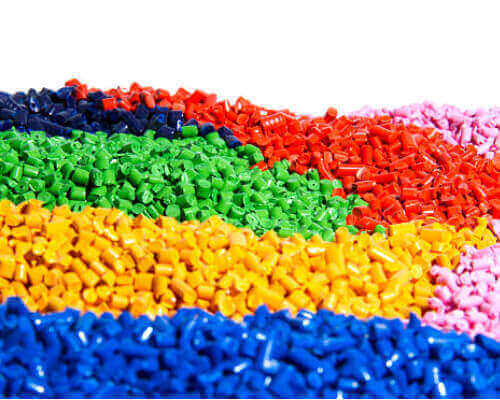
Thermoplastic Rubber and Thermoplastic Elastomers (TPR and TPE) are copolymers or polymer blends that have properties of both thermoplastics and elastomers. (CLICK HERE http://www.mfgproto.com)
Thermoplastic rubber and thermoplastic elastomer are sometimes used interchangeably, but it’s important to understand that TPE and TPR are not the same material. This article discusses the similarities and differences between these two types of copolymer to help you make the right choice for your next project.
Thermoplastic elastomers are a broader class of materials than thermoplastic rubbers. Thermoplastic elastomers include thermoplastic rubbers, but also include several other classes of materials. In other words, all thermoplastic elastomers are thermoplastic elastomers, but not all thermoplastic elastomers are thermoplastic elastomers. In addition, thermoplastic elastomers and thermoplastic rubbers have different properties and end uses.
Both Thermoplastic Rubber and Thermoplastic Elastomer materials offer:
Importantly, TPR and TPE materials can also be recycled. In contrast, you cannot easily break down or recycle thermoset rubbers (such as those used in car tyres) and thermoset plastics (such as those used in electrical connectors).
Need help choosing materials for your next prototype or production project? Whether you need TPR, TPE or another type of material, the injection moulding experts at PROTO MFG can help you choose the right material for your application. To avoid the additional costs and risks associated with inadequate drying or improper processing methods, you need a good plan and a skilled manufacturing partner. Manufacturers commonly use TPR and TPE plastics for injection molding, but they must ensure proper preparation and processing. PROTO MFG provides the global manufacturing network and production experts you need to quickly obtain high-quality injection-molded parts, no matter how complex your design. We have the skills and expertise from part design through to prototype development and production.
Create your free PROTO MFG account and request an injection moulding quote today – we can mould complex parts at incredible speed!